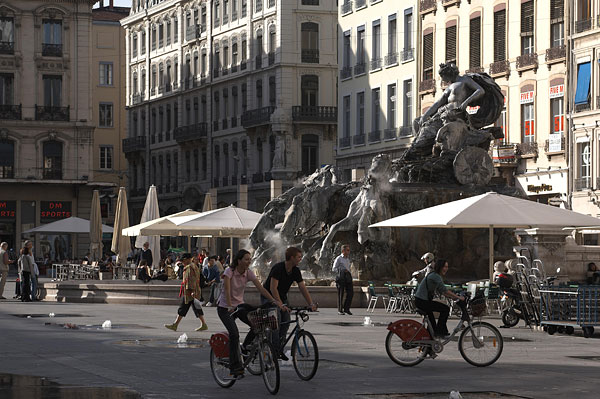The traboule
The most typical method to discover Lyon, is “trabouler”, that is to borrow internal streets which allow to cross the city. The term “traboule” would come from “trans-ambulare”, through. In Lyon, we count approximately 500 “traboules”. They are mainly situated in the districts of “Vieux Lyon” and “Croix-Rousse”. These first date from the Renaissance, they were built according to the model of the Roman patio, with its galleries and the well in the courtyard. In “Croix-Rousse”, “traboules” are more recent because stemming from the construction of the buildings of the workers of the silk, the “canuts”. These ways their allowed in to transport sheets and other silk pieces through the city by staying under cover in case of precipitation. They also allow, since slopes, to gain quickly Peninsula in a straight line, thanks to shortcuts.
Many myths built up themselves around these places and symbolize the resistance today. First of all during the Revolt of the “Canuts”, in 1831, when the workers they claimed a guaranteed wage. And then during the Second World War, German getting lost easily in the labyrinths.
One of the most typical and my preferred is the courtyard of the “Voraces”, this making name references to a group of silk workers who were of very active revolutionary especially in 1848.



